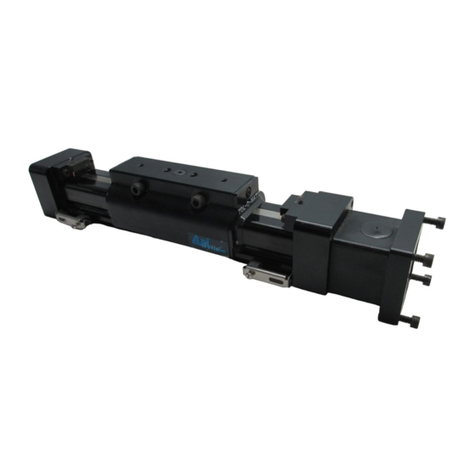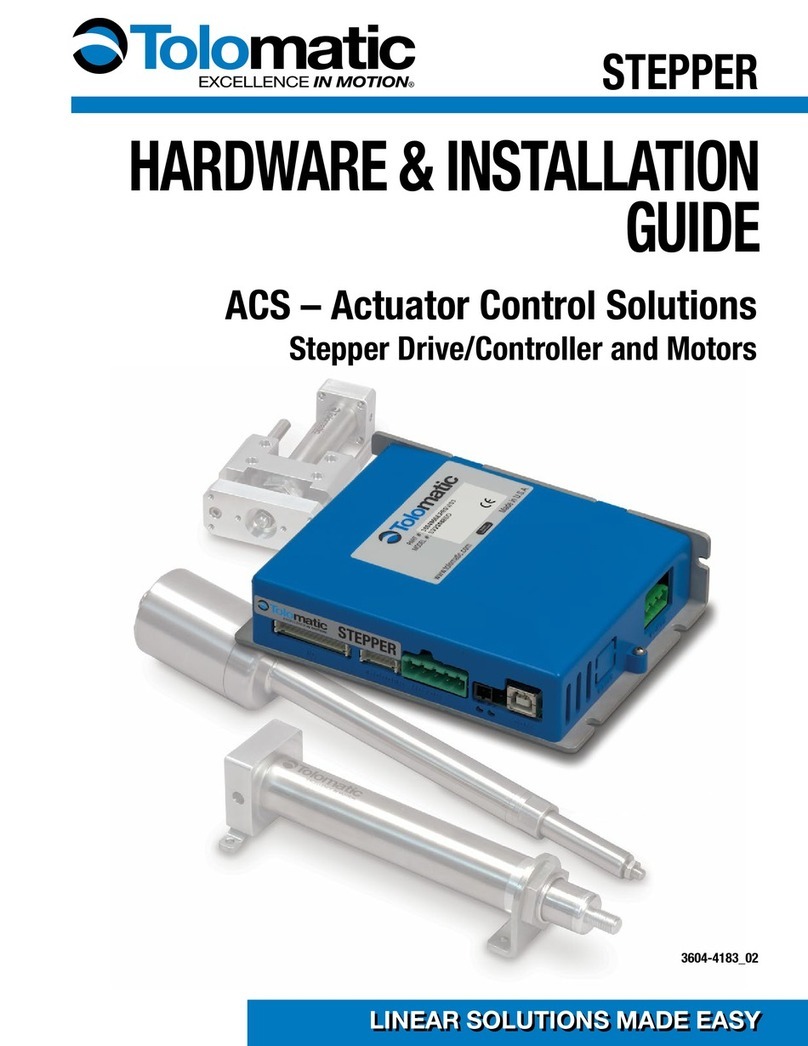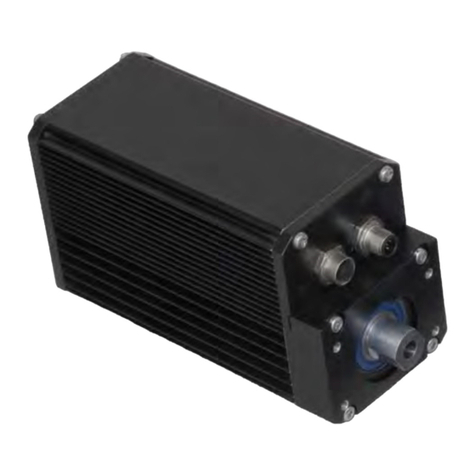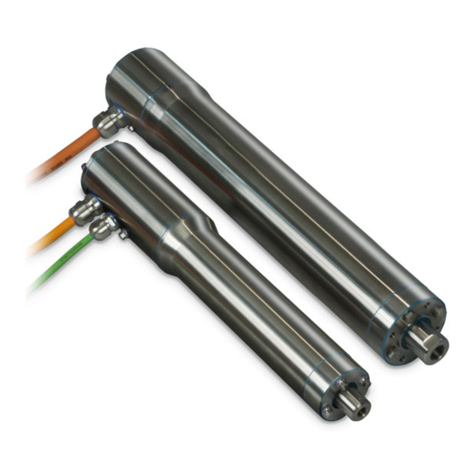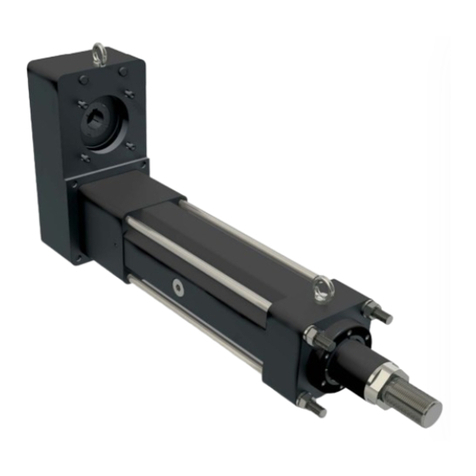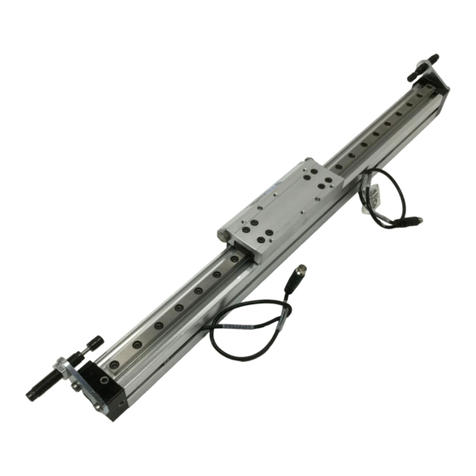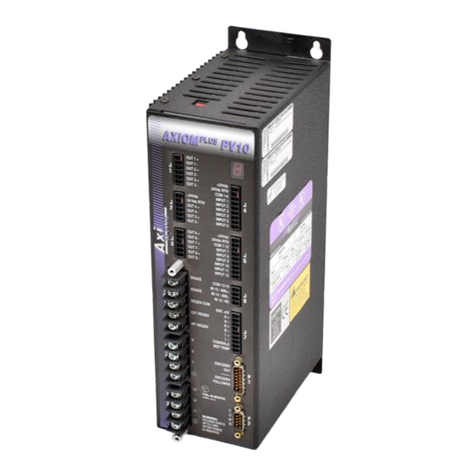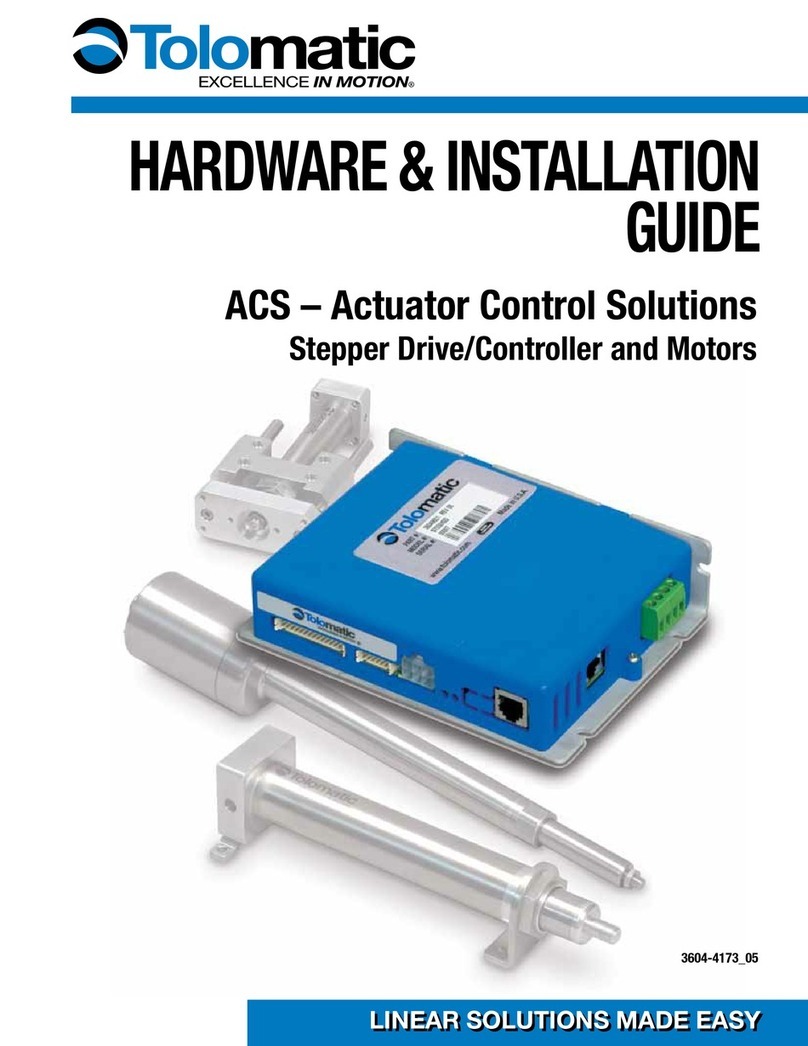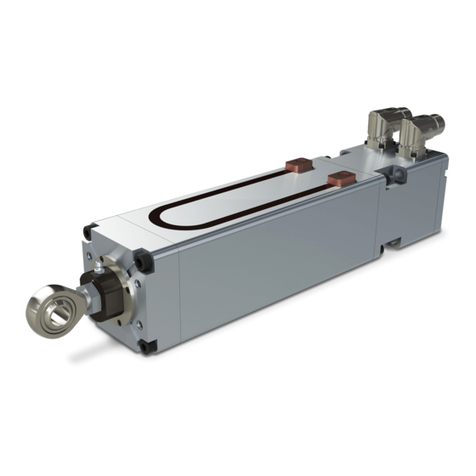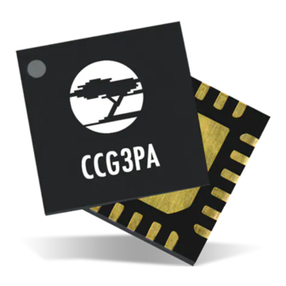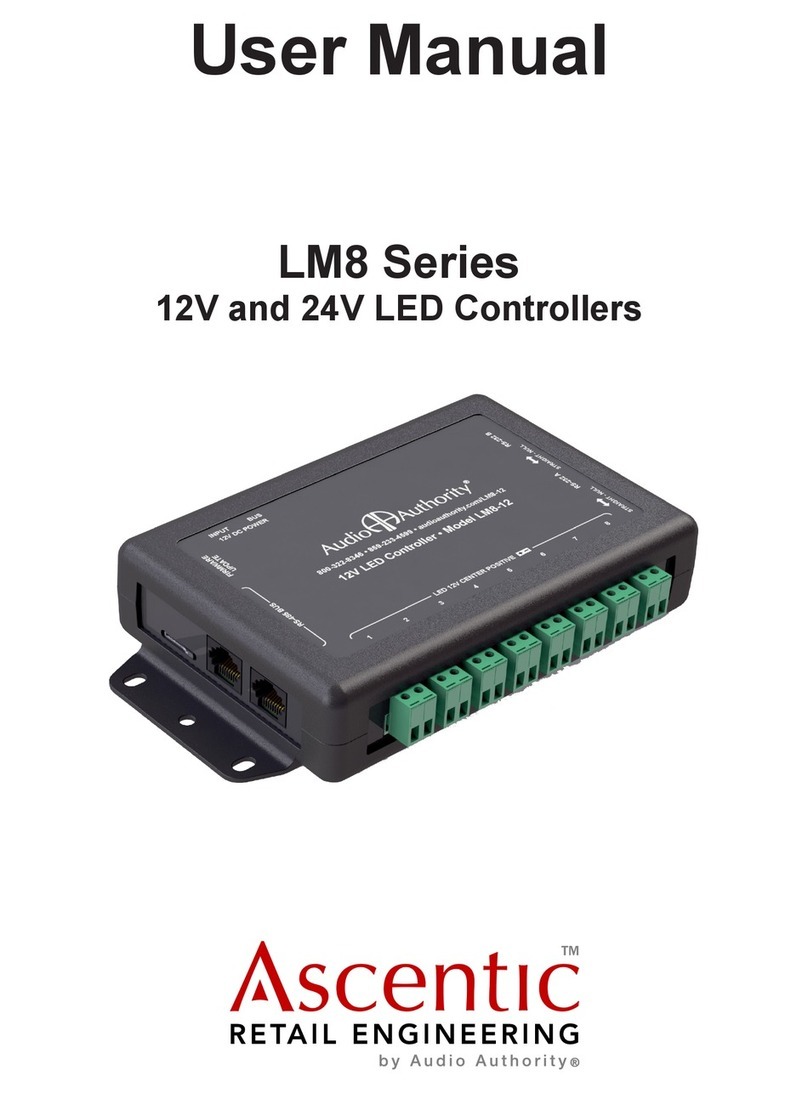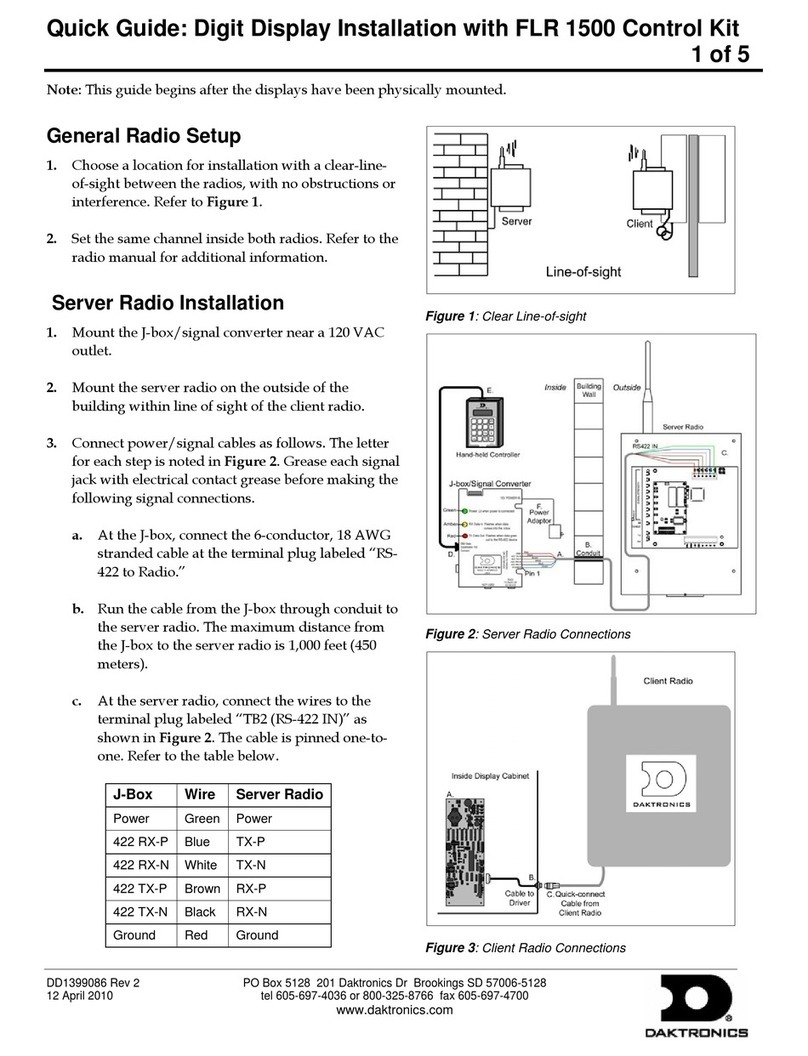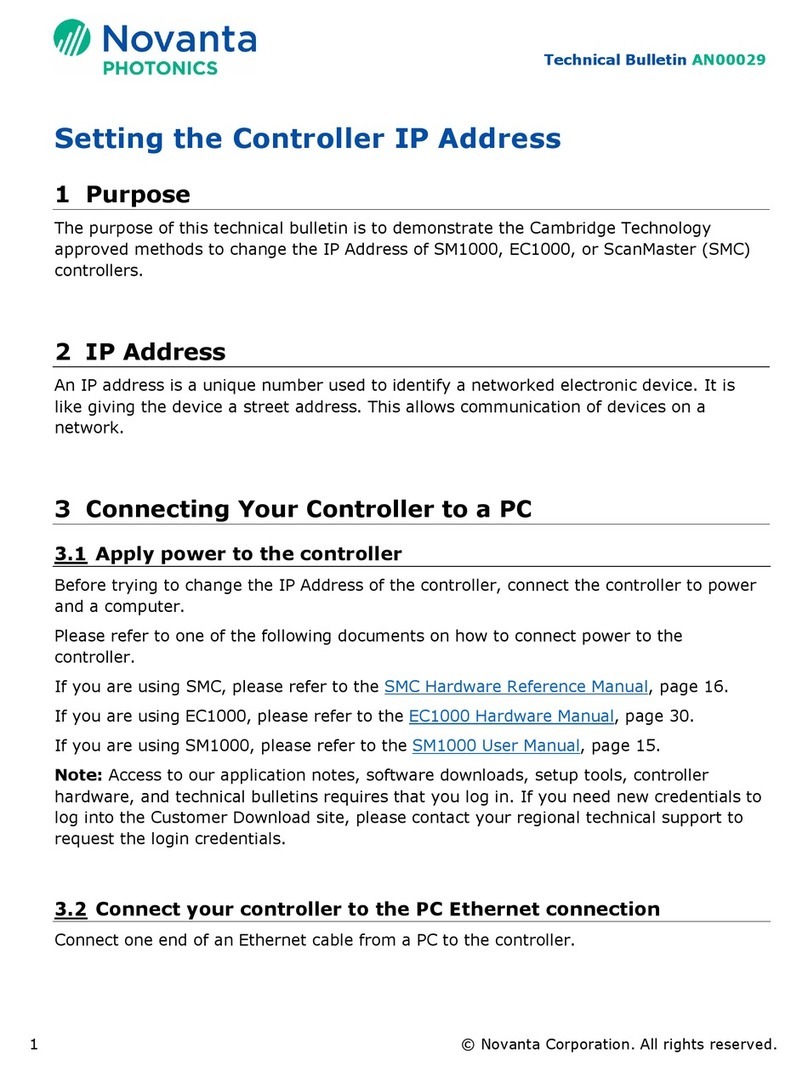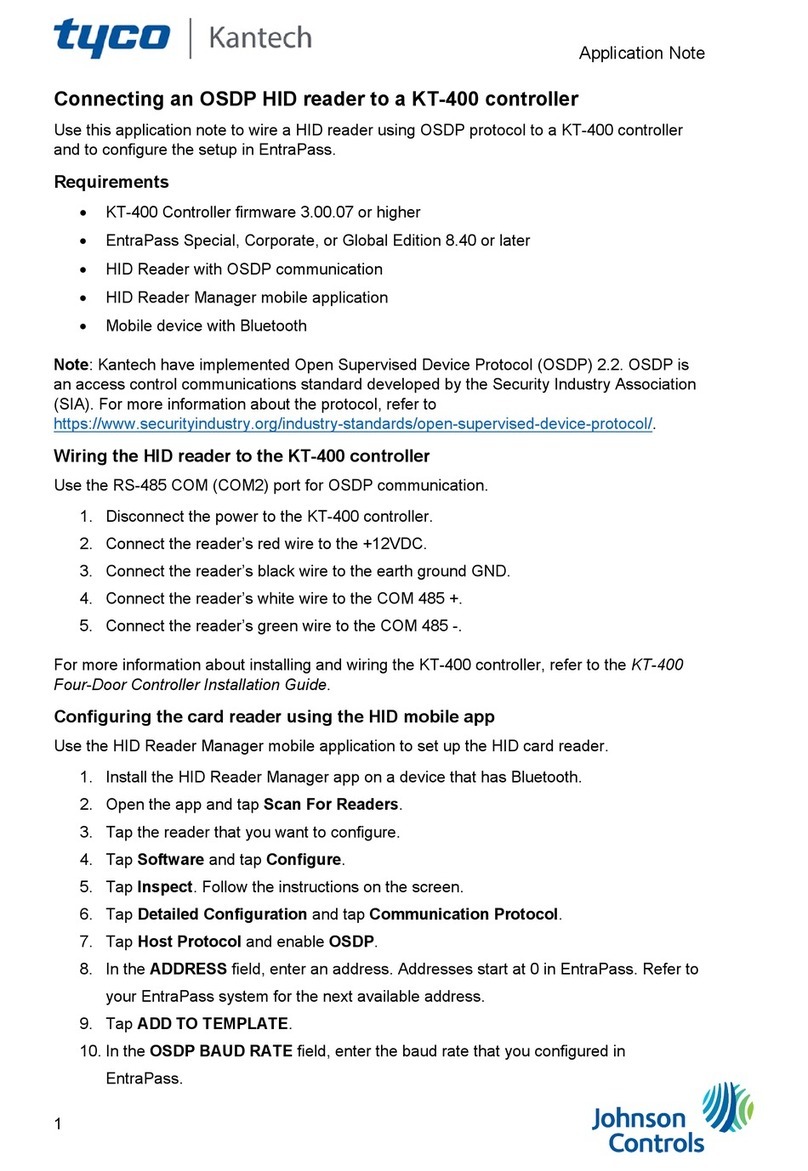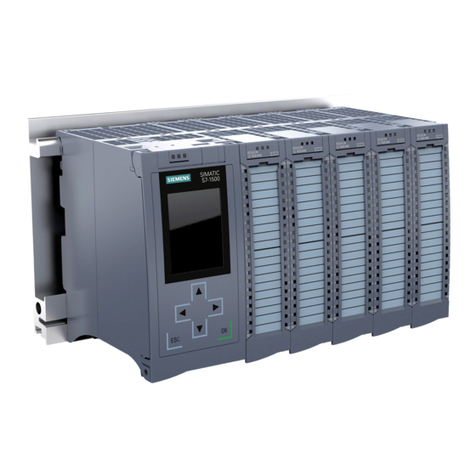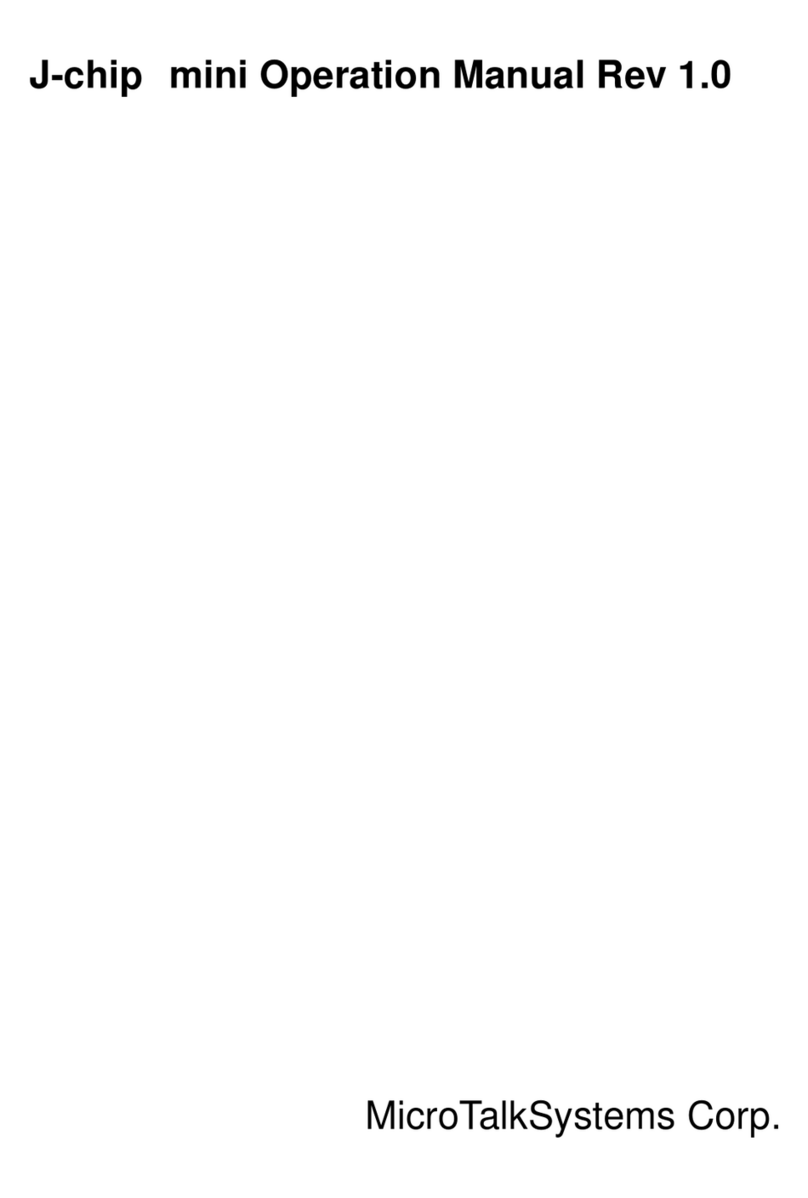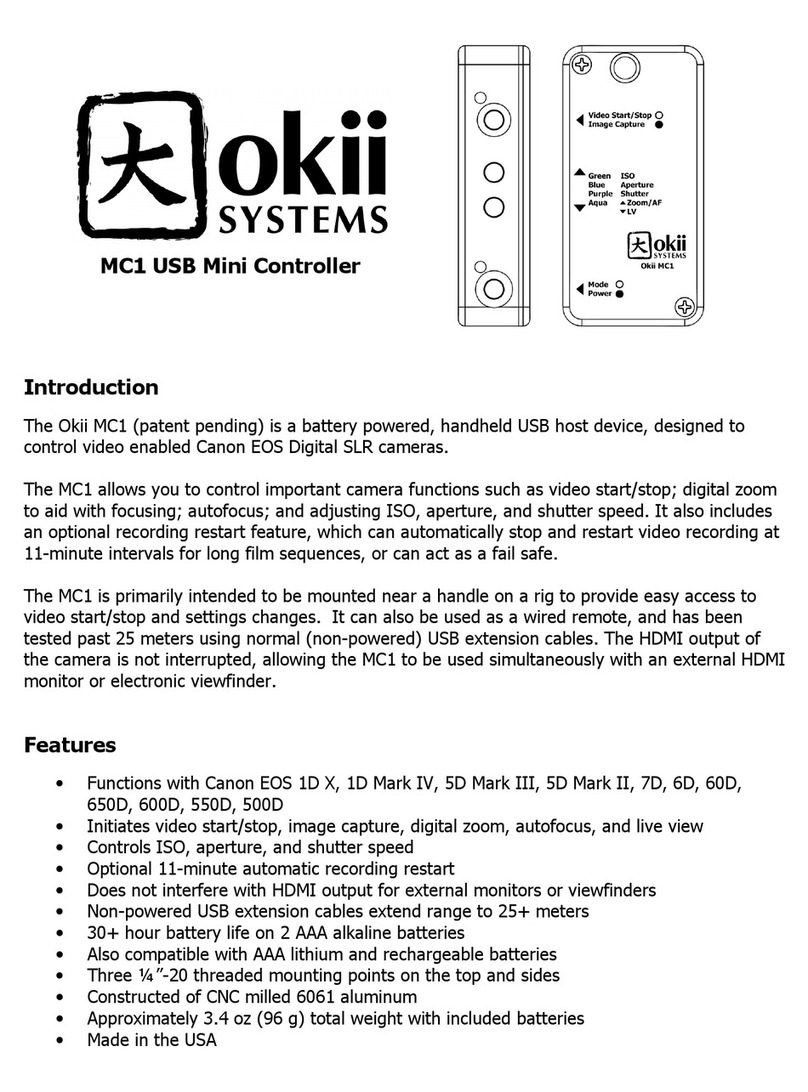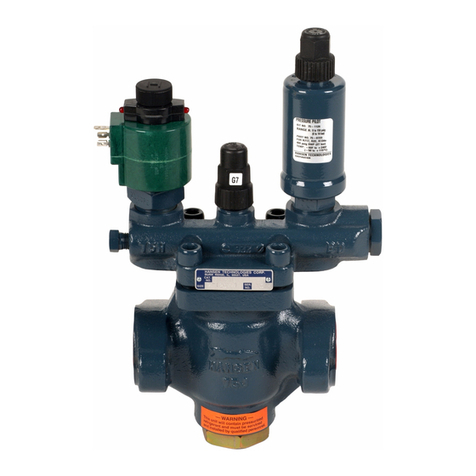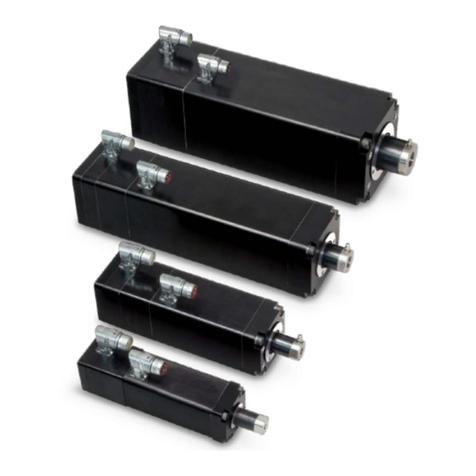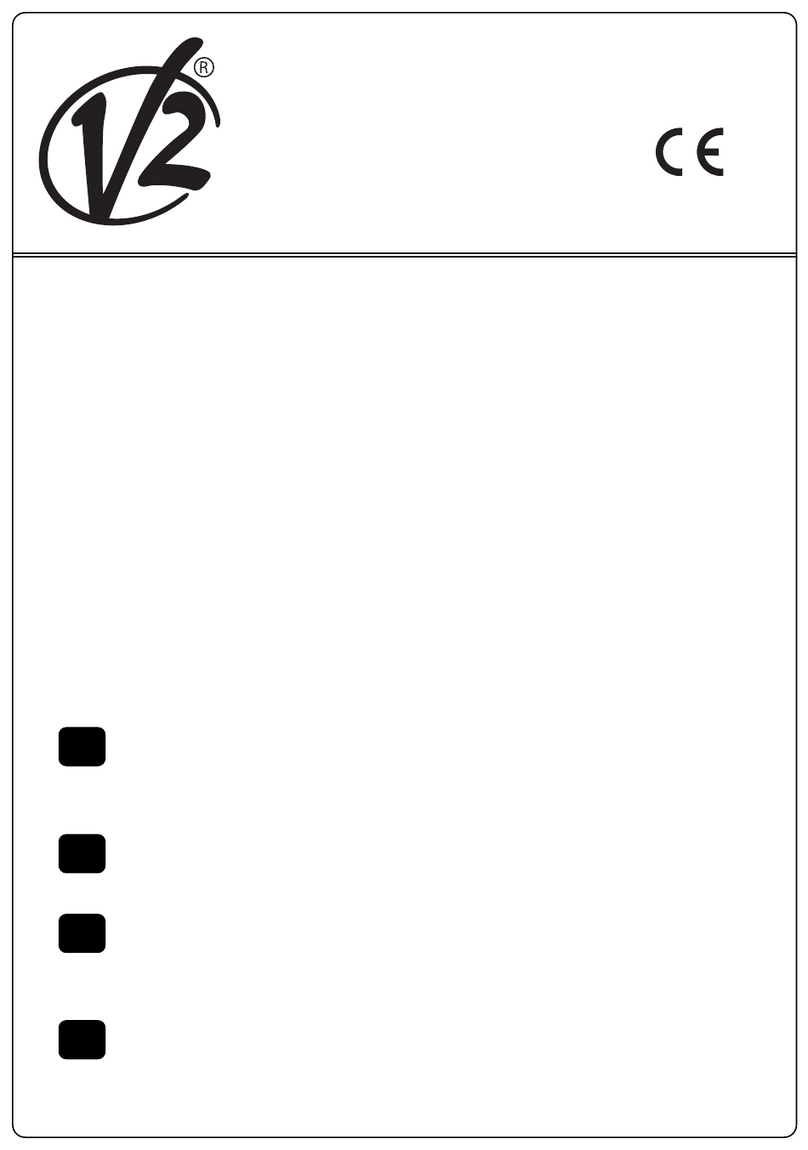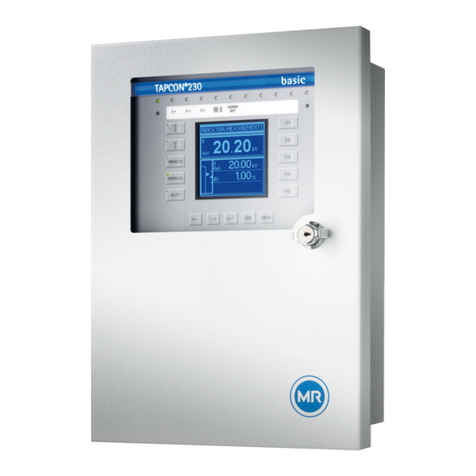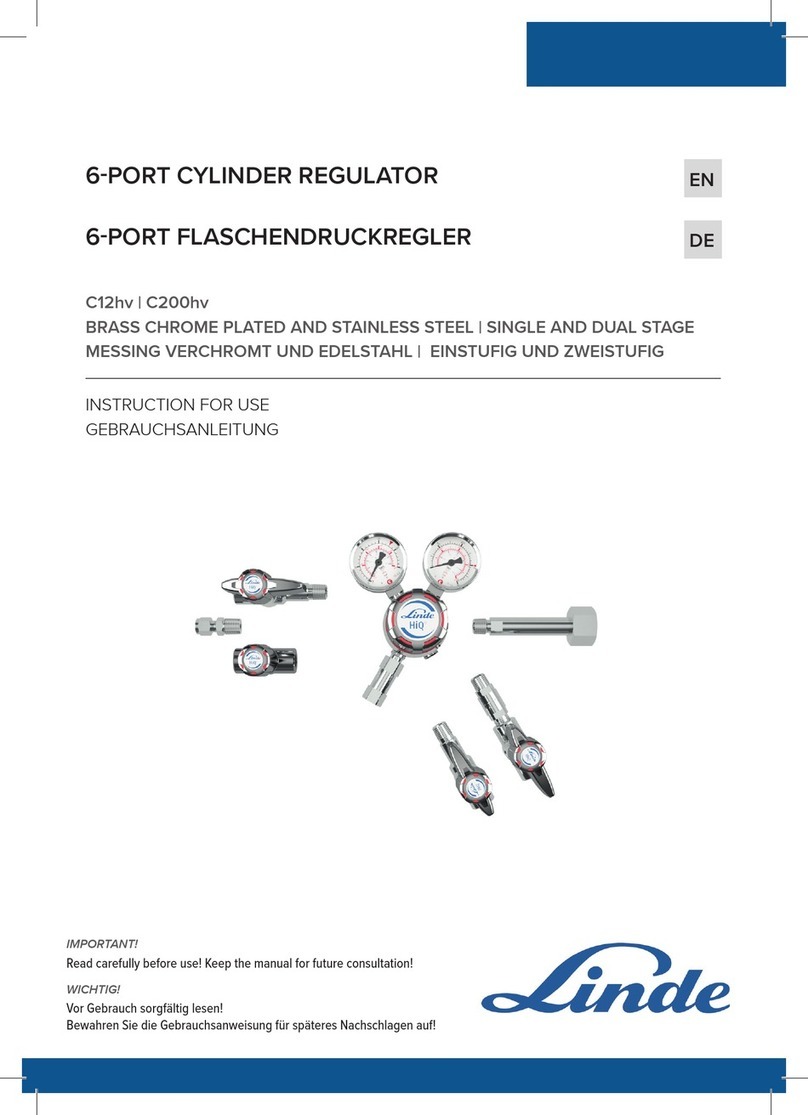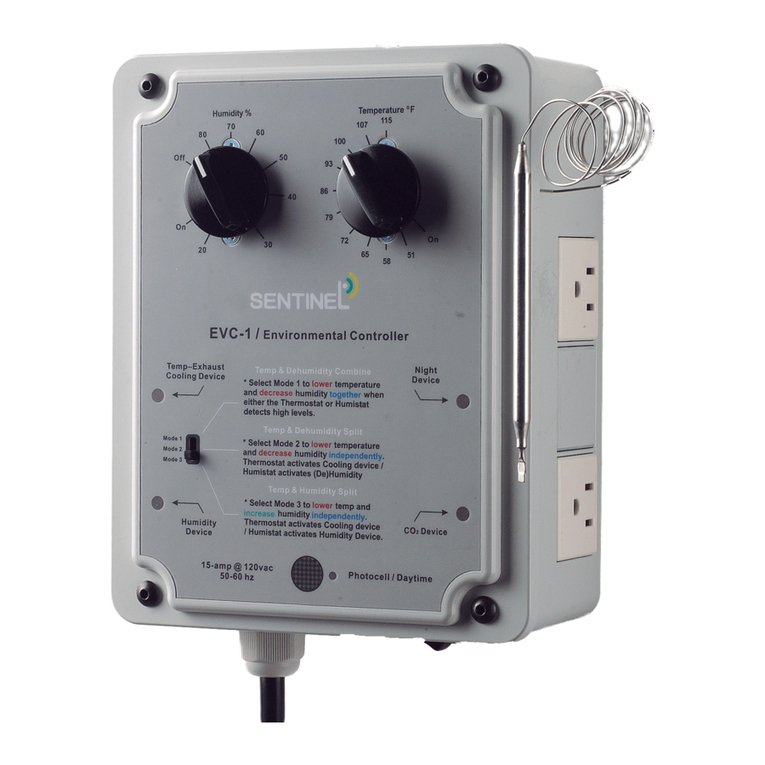
3600-4225_00 TRS Manual 3 Last Revision: 3/1/2022
CONTENTS
•CONTENTS .............................................................................................................................................3
•List of Figures & Tables............................................................................................................................5
1: Safety.........................................................................................................................................................................6
•1.1 Safety Symbols ..................................................................................................................................6
•1.2 Safety Considerations ........................................................................................................................6
2: TRS Product Overview...............................................................................................................................................8
•2.1 General Description............................................................................................................................8
•2.2 Product Features................................................................................................................................8
•2.3 Installation..........................................................................................................................................9
•2.4 Identification Label .............................................................................................................................9
•2.5 Manufacturer ......................................................................................................................................9
3: TRS Actuator Product Configuration........................................................................................................................10
•3.1 Tolomatic TRS Actuator Series Configuration..................................................................................10
•3.2 Standard Configurations and Options ..............................................................................................10
•3.2.1 Motor (Gearhead) Mounting..........................................................................................................12
•3.2.2 Actuator Mounting .........................................................................................................................12
•3.2.3 Carrier Style Choices ....................................................................................................................12
4: TRS Mechanical Installation.....................................................................................................................................13
•4.1 General Operation............................................................................................................................13
•4.2 Loads and critical speed...................................................................................................................13
•4.3 Mechanical Installation.....................................................................................................................13
•4.4 Motor Installation..............................................................................................................................14
•4.4.1 Reverse Parallel (RP) Configuration ............................................................................................14
•4.4.2 Inline (LMI) Configuration..............................................................................................................17
•4.5 Actuator Mounting ............................................................................................................................17
•4.5.1 Standard Bottom Mounting............................................................................................................17
•4.5.2 Toe Clamp Mounting.....................................................................................................................18
•4.5.3 “Carrier-To-Carrier” Mounting........................................................................................................18
•4.5.4 Switch Mounting............................................................................................................................19
5: TRS Operation and Start up Considerations............................................................................................................20
•5.1 Back Driving.....................................................................................................................................20
•5.2 Homing.............................................................................................................................................20




















